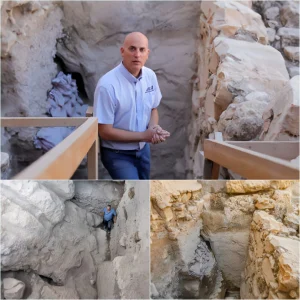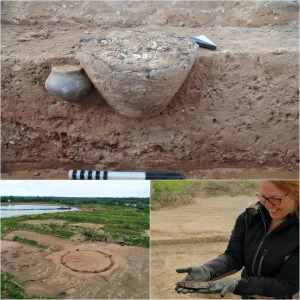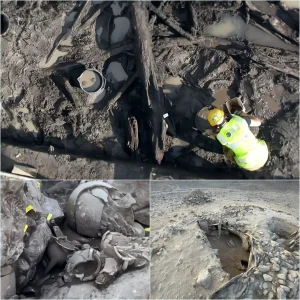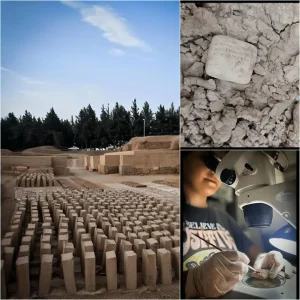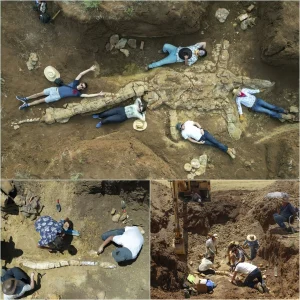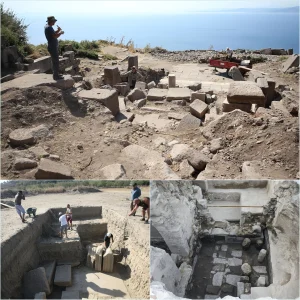A 2,700-year-old Assyrian lamassu, a monumental sculpture depicting a human-headed winged bull or lion, has been rediscovered in Iraq, astonishing experts with its size and condition. The Iraqi State Board of Antiquities and Heritage (SBAH) announced the sculpture’s re-excavation, revealing it had survived two millennia with relatively minor damage. Made of alabaster, the lamassu weighs approximately 19 tons and measures about 12.5 feet in length.
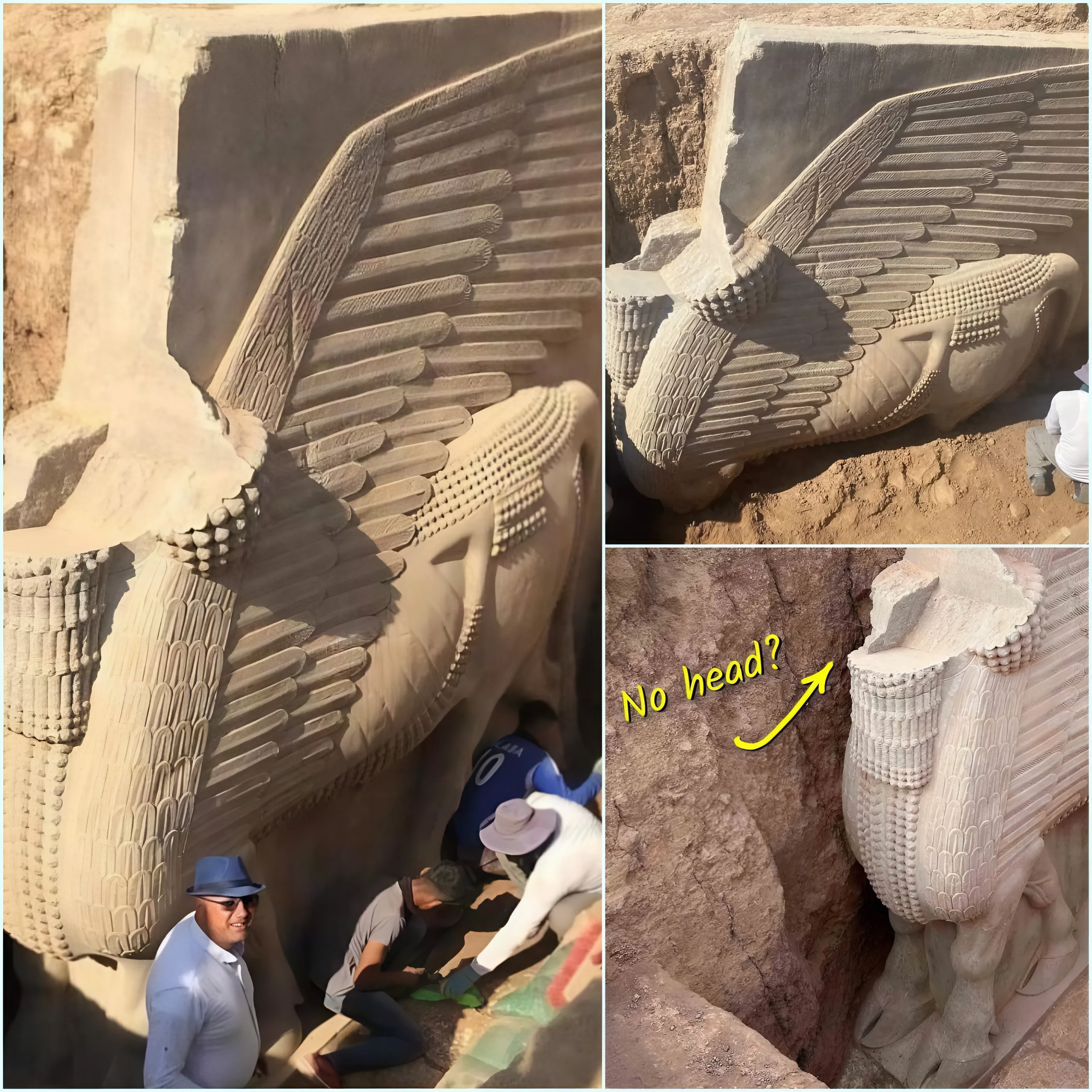
The joint Iraqi-French archaeological team, led by Ahmed Fakak Al-Badrani and including French archaeologist Pascal Butterlin from the University of Paris I Pantheon-Sorbonne, conducted the re-excavation. Butterlin remarked to France24, “I’ve never unearthed anything this big in my life before…Normally, it’s only in Egypt or Cambodia that you find pieces this big.”
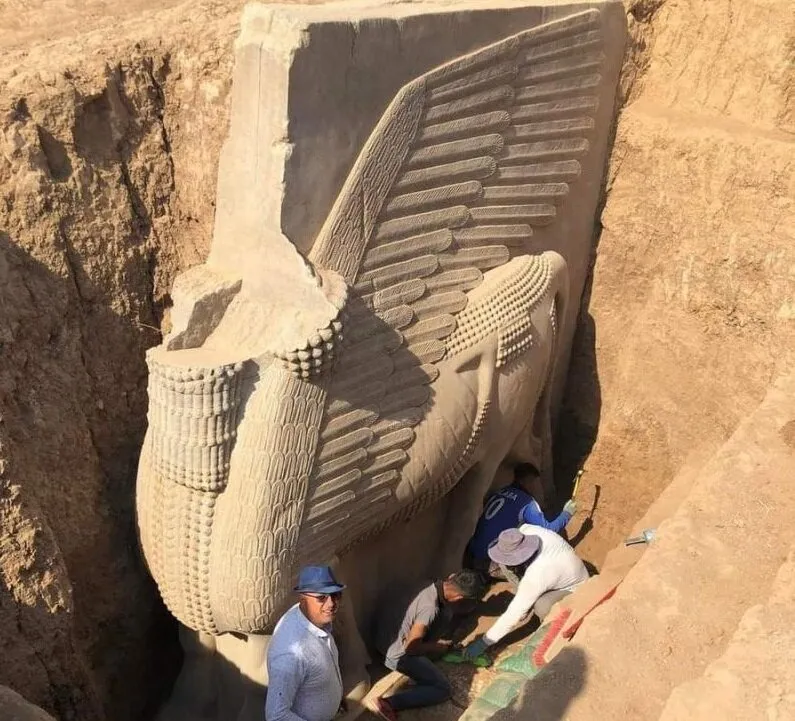
Commissioned by Assyrian King Sargon II to guard the new capital of Khursabad around 721 BCE, the lamassu was abandoned when the capital relocated after the death of Sargon II’s son. Initially uncovered in 1992 during an Iraqi-led excavation, the sculpture fell victim to looters during Iraq’s economic embargo following Saddam Hussein’s invasion of Kuwait. In 1995, the statue’s head was sawed off and later recovered, albeit with visible cracks from the ordeal. The head is now housed in the Iraqi Museum in Baghdad, while the body was reburied for protection.
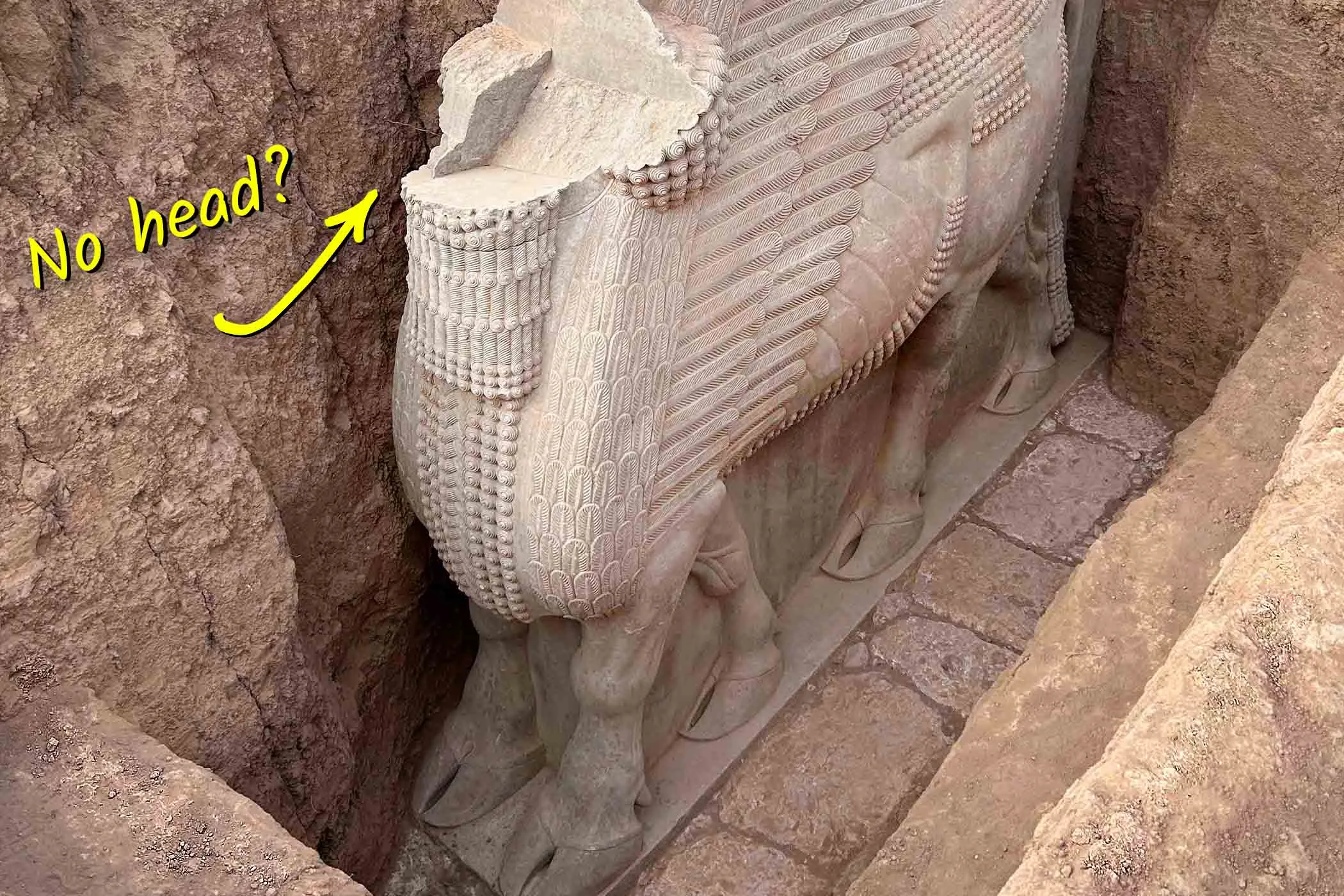
Laith Hussein, director of SBAH, stated to the Art Newspaper that efforts are underway to reunite the head with its body, marking a significant step in preserving Iraq’s cultural heritage amidst challenges posed by theft and conflict.
